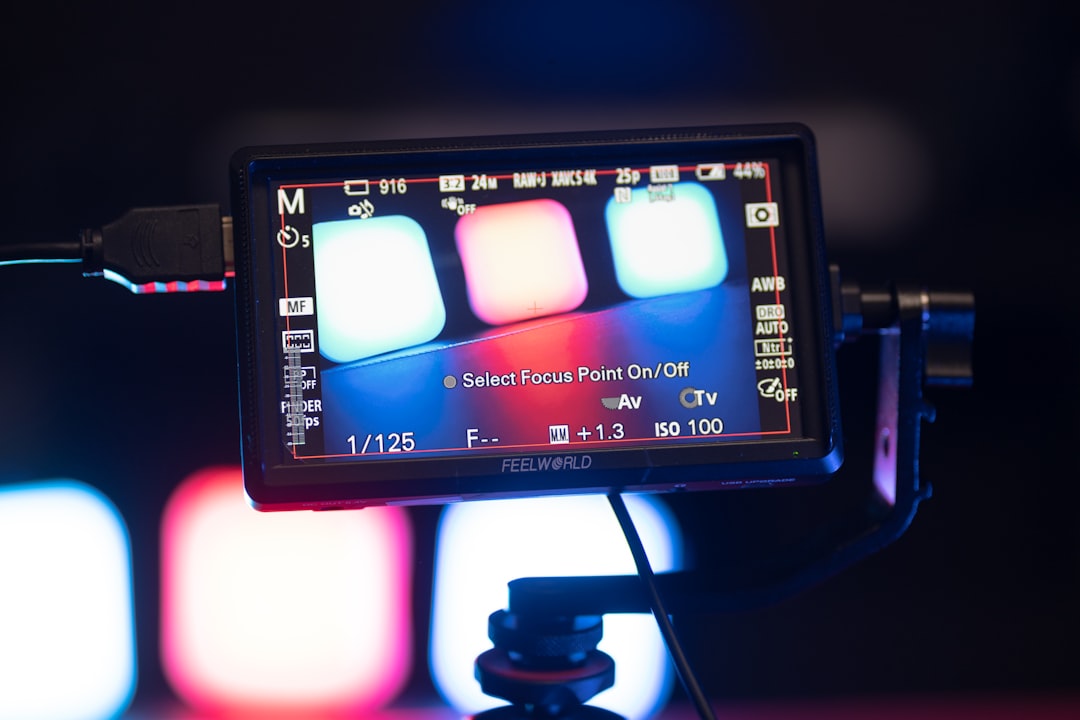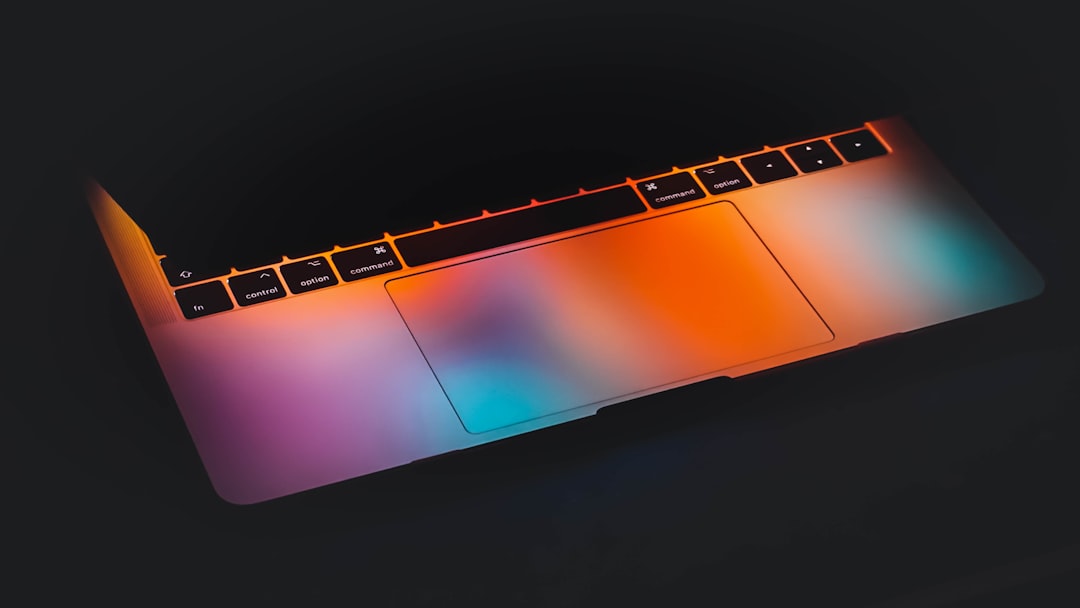Have you ever finished filming a stunning video on your iPhone, only to watch it in your favorite editing app and think: “Wait… why does this look so dull?” If you use FilmoraGo on iOS and shoot in HDR, chances are you’ve run into this sneaky issue. But don’t panic! There’s a fix — and it’s a super simple toggle that brings your vibrant colors back to life.
TL;DR
If your HDR video footage looks grayscale or washed out in FilmoraGo on iOS, it’s not your camera — it’s how the app handles color. The culprit? FilmoraGo was desaturating HDR content. Thankfully, they’ve introduced a Color Management toggle in the app settings. Turn it on and — voila! — your vibrant colors come back the way they were meant to be seen.
What’s HDR Video and Why It Looks Dull in Editors
HDR stands for High Dynamic Range. It makes your video pop with brighter highlights and deeper contrast. iPhones film in HDR by default if settings allow it, especially on models like the iPhone 12, 13, 14, and newer ones.
But there’s a catch. Not all apps are great at handling HDR footage. When HDR content is loaded into apps that can’t read it properly, the footage can look muted or grayish. It’s like showing a rainbow through a dusty window.
FilmoraGo is a popular editing app because it’s powerful and easy to use — especially on mobile. But for a while, it had one slight hiccup: it didn’t love HDR footage.
Here’s what would happen:
- You shoot an amazing HDR video on your iPhone.
- You import it into FilmoraGo to edit.
- Suddenly, your sunny beach looks like London in February. Washed out and gray. Ugh.
This was frustrating for a lot of creators who just wanted their footage to look the way they shot it. Luckily, FilmoraGo heard the feedback and worked some magic.
Introducing the Color Management Toggle
FilmoraGo introduced a new setting that fixes the problem in most cases. It’s called the Color Management toggle.
When turned on, this feature tells FilmoraGo to read HDR color metadata properly. That means your colorful skies, deep blacks, and punchy reds are back — without needing tricks or hacks.

It’s kind of like putting on the right glasses for the screen. Suddenly, everything just “clicks” into place.
Where to Find the Setting (Step-by-Step)
Let’s make it easy. Here’s how to turn it on:
- Open FilmoraGo on your iPhone.
- Tap the Settings icon on the home screen (it looks like a little gear).
- Scroll to find the setting labeled “Color Management”.
- Switch it ON.
- Restart the app and try importing the HDR footage again.
After enabling the toggle, HDR videos will look vibrant and accurate, just like they do in Photos or iMovie.
Before and After: A Visual Difference
Still wondering if it really makes a big difference? Here’s what creators have noticed:
- Before the toggle: Washed-out colors, dull contrast, grayish skin tones.
- After the toggle: Natural lighting, crisp shadows, bright skies — just like when it was filmed.

It’s not just “a little better.” It’s night-and-day better. The colors pop, the image has depth, and your video looks cinematic again.
Why This Matters for Mobile Creators
If you’re shooting content on your iPhone, you already have a pretty powerful camera in your pocket. And apps like FilmoraGo let you edit and share your work right on the same device.
But none of that matters if your footage gets misrepresented. Imagine spending hours filming golden hour scenes only to see them look like they were shot in a basement. Fixing color manually is a pain — and not something most beginners know how to do.
The color management toggle solves this for everyone. No tools, no LUTs, no color grading headaches. Just a simple switch.
What If It Still Looks Off?
Although turning on color management should fix the issue for most users, here are quick things to double-check:
- Make sure your iPhone is filming in HDR. You can check under Settings → Camera → Record Video. The option for “HDR Video” should be enabled (if available).
- Confirm you’re using the latest version of FilmoraGo. Updates often fix bugs and improve compatibility.
- Try restarting the app after changing the setting. This helps apply the toggle properly.
Still having issues? It could be a specific codec or video format that isn’t ideal. Try testing it with a different HDR clip just to rule that out.
A Quick Peek into How This Works
So what’s happening behind the scenes? When video is recorded in HDR, it uses color spaces like Rec. 2020 and gamma curves that are different from standard SDR (Standard Dynamic Range).
Some editing apps, by default, treat every clip as SDR — which ends up misinterpreting the data. That’s why HDR looks dull or gray. The color management toggle essentially tells FilmoraGo to pay attention to the HDR metadata and decode the colors properly.
It’s like telling the app, “Hey, this isn’t a regular video — treat it special.”
Are There Any Downsides?
There aren’t many, but here’s a quick heads up:
- Rendering or exporting HDR videos may take slightly more processing time on older devices.
- Not all social platforms support HDR yet, so it might look different after upload — depending on where you post.
- Brightness and contrast may vary between apps because each viewer handles HDR a little differently.
But if your final goal is to keep your video looking great on YouTube, Instagram, or your camera roll, turning on color management is the way to go.
Final Thoughts
FilmoraGo is a great all-in-one app, but even the best tools have room for improvement. This color problem was a big one, especially for mobile creators working with HDR. The new color management toggle solves that — easily and clearly.

So don’t trash your footage or ditch your app. Just head into FilmoraGo’s settings and flip that little switch. Your colors will thank you.
Happy editing!